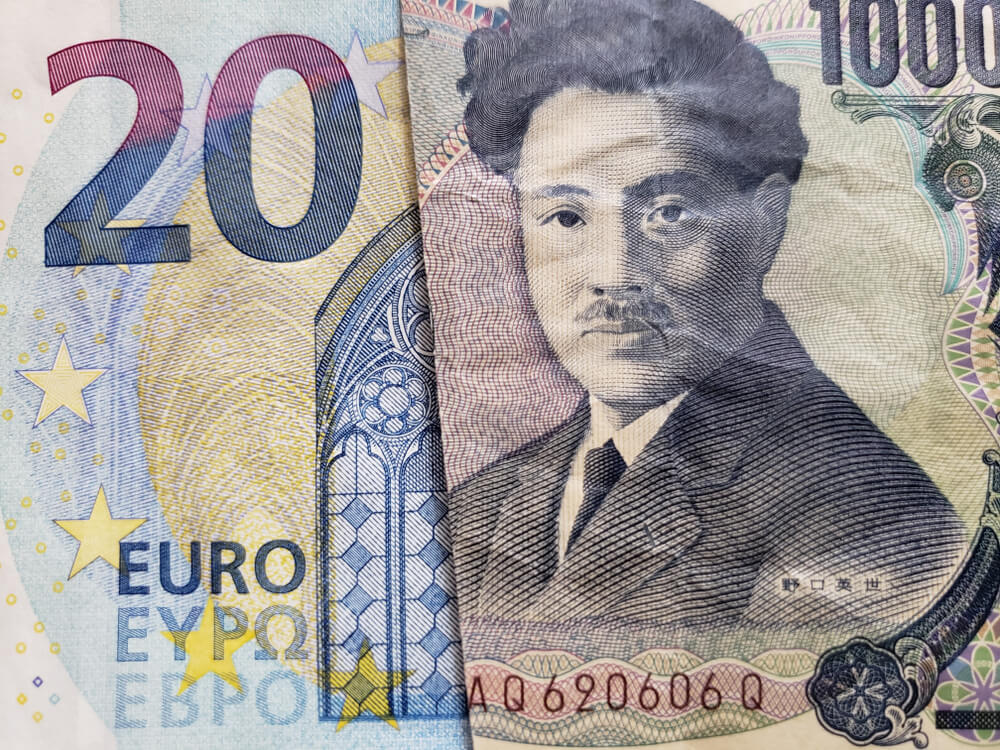Introduction
EUR/JPY is among the most popular pairs in the international foreign exchange market. In fact, it indicated approximately 3% of the overall daily transaction. Moreover, it is indicated as the seventh-highest traded currency pairs in the forex market. Both traders and investors can leverage the potentials of the EUR/JPY currency pair as they both carry a high degree of volatility.
Best Time To Trade in EUR/JPY
Although you can trade EUR/JPY at any time of the day, to leverage the most benefit, you must trade when the pair is most volatile. Between 7:30 and 15:30 is the time when the currency pair trade is the busiest.
Factors Impacting EUR/JPY Rate
When it comes to making the most lucrative trade with this pair, it is important to understand what influences its rate.
Prominence Of EUR
Like many modern currencies, the prominent factors that impact the Euro price flow are financial, political, and economic. For instance, many trade decisions regarding the Euro are backed by the European Central Bank’s monthly reports.
These reports can influence the fluctuations in the Euro’s rates, and traders and investors promptly leverage the details as quickly as they are released to determine the flow of the Euro rates.
In economic terms, news releases focusing on employment can also play an important role in the fluctuations of euro rates. These details are easily accessible and offer vital insights into the economic condition of the Euro and the movement of Euro prices.
The Prominence of JPY
Japan’s economy has more factors that play an important role in determining the flow of currency. The basic health of the economy will play a significant role in involving a high rate of export and import trading. One uncommon factor that impacts the flow of the country’s currency is situations such as a natural disaster.
The Right Way To Trade EUR/JPY
In terms of speculative trading, CFDs provide traders and investors with easy access to a plethora of markets. They like to transact with CFDs as derivatives trading implies that buying the actual currency is unnecessary. When trading, investors and traders like to harness technical analysis and assess the EUR/JPY chart. This is done to determine the relationship of the pairing and forecast the highs and lows of the markets.
[wp_quiz id=”102014″]

